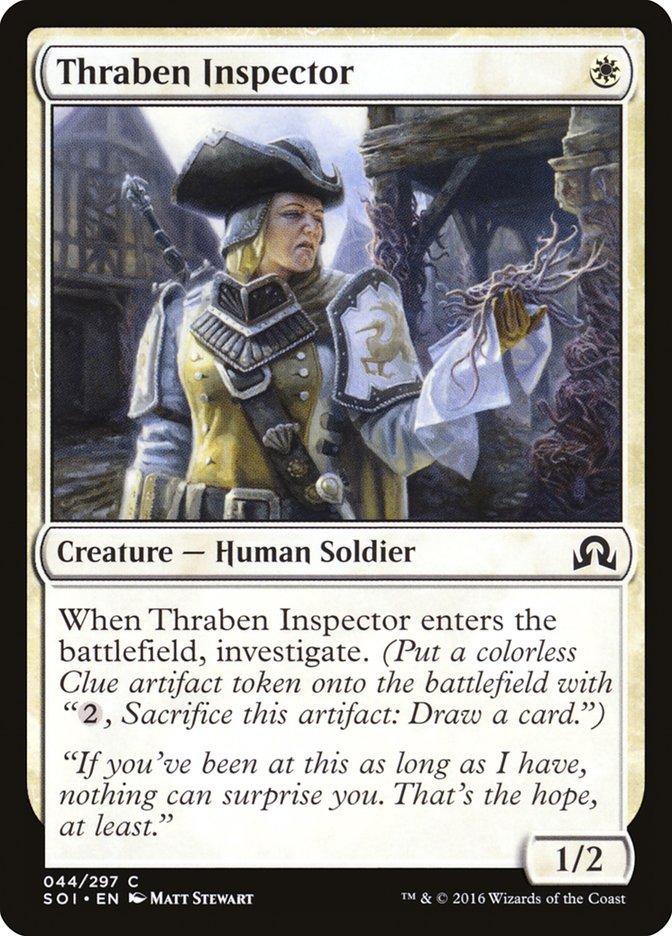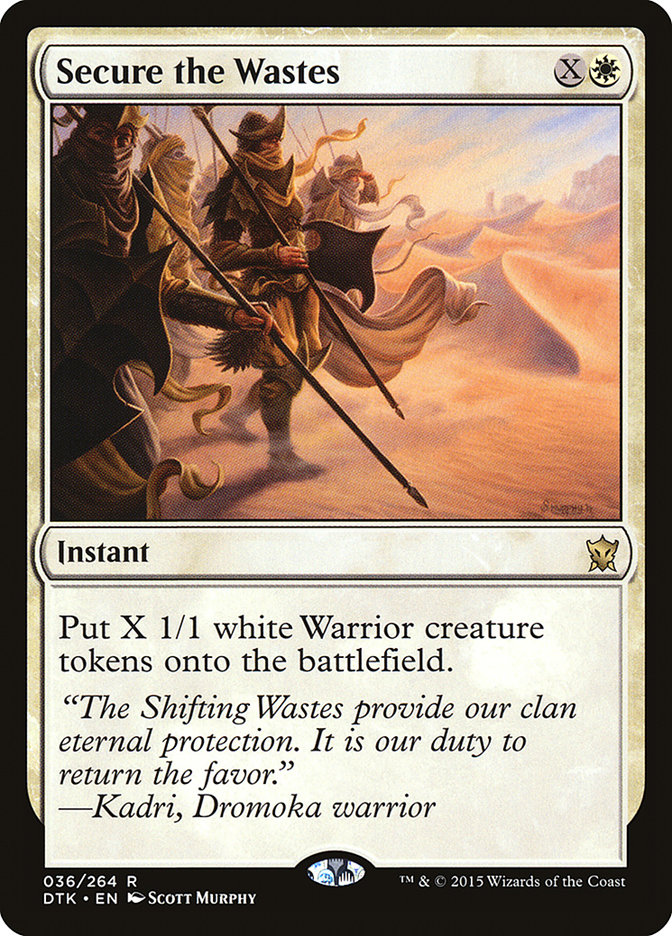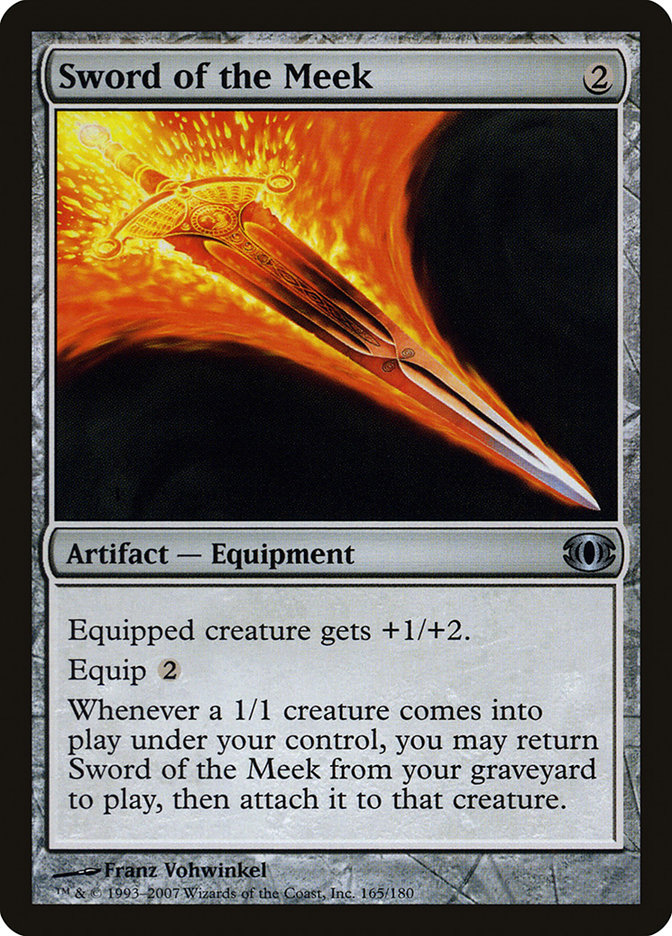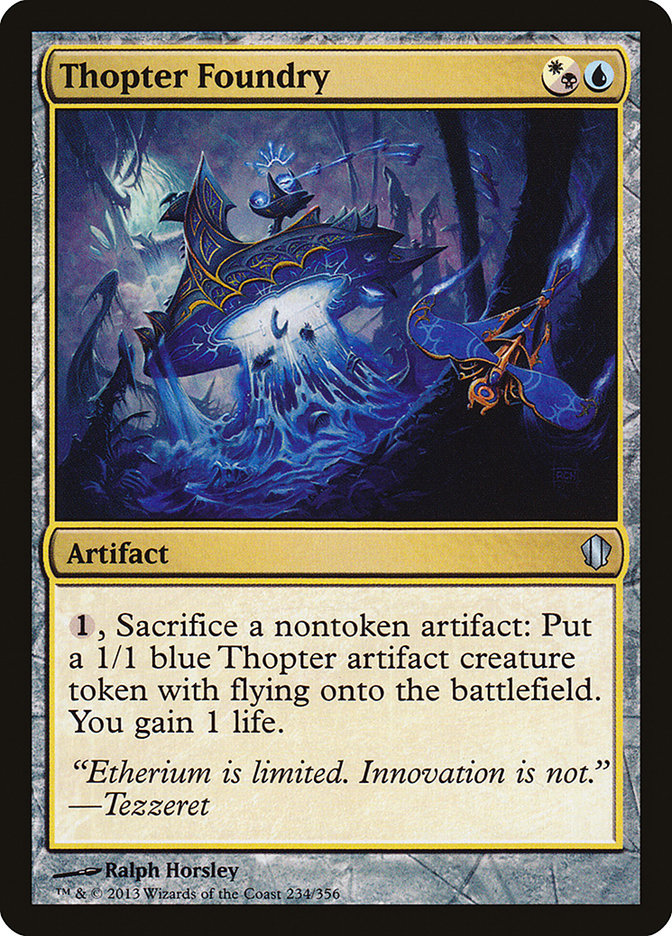Hey folks! This last week I’ve been working hard every day to learn the new Shadows over Innistrad Standard format. There are a lot of really cool new decks and I can’t wait to see what the community brings to this completely new format this weekend at #SCGBALT (or brought, I suppose; time travel is weird). I ended up becoming attached to a deck that I hadn’t seen much of from other sources for most of my testing: G/W Tokens!
Creatures (15)
Planeswalkers (7)
Lands (26)
Spells (12)

My testing for this format began with Mono-Red Eldrazi, the deck I felt was the best carryover from the last metagame. It was powerful and proactive, and nearly the entire deck survived the rotation. The only real loss the deck took was that of Tomb of the Spirit Dragon, one of the better colorless lands the deck had access to. However, it soon became clear that there was a nice upgrade to that land in Shadows over Innistrad.
Abbey easily slotted in to Red Eldrazi, so we added a couple of copies to the deck and started playing matches against the various lists we saw posted in articles over the past week. Immediately we realized that Westvale Abbey gave the deck a completely new angle of attack that could easily win games on its own. We liked the Red Eldrazi lists we came up with, but we decided to explore other possibilities with Westvale Abbey.
Elfdrazi
A couple of days later I saw this really cool deck list that was using a green value creature engine paired with Cryptolith Rite to power out some really powerful payoffs like Ulamog, the Ceaseless Hunger and Zendikar Resurgent, as well as easily firing off a Westvale Abbey activation. I wrote about it a little bit in my article last week. The deck felt a lot like Elves and I had an absolute blast playing it.
Creatures (28)
- 4 Elvish Visionary
- 4 Hangarback Walker
- 2 Ulamog, the Ceaseless Hunger
- 4 Catacomb Sifter
- 4 Blisterpod
- 4 Scion Summoner
- 2 Deathcap Cultivator
- 4 Loam Dryad
Planeswalkers (3)
Lands (22)
Spells (7)
Sideboard

A part of me wishes I would have played this deck at #SCGBALT, but it became obvious pretty quickly that there were some issues with the deck. The payoff cards in the deck were a little bit too expensive, and we were having a very hard time beating the various white decks we expected to face. We really liked the “small creatures into Abbey” feature of the deck, but we decided to try Anthem effects like Gideon, Ally of Zendikar and Nissa, Voice of Zendikar instead of Cryptolith Rite into big mana payoffs. We also were able to access white cards, giving us the best removal in Standard in Declaration in Stone and Silkwrap.
Hopefully I will be able to tell a tale of success this weekend, but either way I’m really happy with how this deck has been playing and I’m optimistic about its validity as a player in the new Standard.
Tips on Playing the Deck
For the most part, G/W Tokens is a pretty straightforward deck. You spend the first few turns developing the battlefield by playing a bunch of little creatures like Thraben Inspector, Elvish Visionary, and Hangarback Walker.
In the next couple of turns, you usually are putting a planeswalker onto the battlefield. Usually I’ve found that some of the more difficult gameplay decisions you make revolve around how you use your planeswalker abilities. Depending on how you expect the game to play out, you can either keep putting tokens onto the battlefield to set up a Westvale Abbey activation or you can start making Anthems and get aggressive with your tokens.
I’ve found myself plussing Gideon the turn I cast him and then using his emblem the next turn much more often than I am typically used to with this deck. I also think that, while Gideon is not well-positioned in the current format, he is actually still fine in this deck because we can get much more value out of a Gideon emblem than most decks that use him.
There are a lot of quality threats in this format that are good at stopping Gideon, even with his trusty Knight Ally token protecting him. Cards like Archangel Avacyn, Goldnight Castigator, Mindwrack Demon, and Reality Smasher are all solid in this metagame, and are all great at taking a Gideon down. This often leads to the Gideon player being forced to settle by using his emblem right off the bat. Normally that’s pretty bad, but G/W Tokens is fine with doing that.
Once you get an Ormendahl, Profane Prince into play, your opponent either needs to answer it in two turns or lose. This means they need white removal of some kind: Declaration in Stone, Silkwrap, Stasis Snare, Eldrazi Displacer, or Reflector Mage. There are a lot of good answers to an Ormendahl, but they are all white. Against those decks, our plan is to go wide: dump a ton of small creatures onto the battlefield and use your planeswalkers to make them all huge. Secure the Wastes is fantastic in both of these plans and is an all-star in this deck.
Secure the Wastes allows for very powerful plays with both of the payoffs G/W tokens is working toward.
From this point, we noticed the biggest issues we were coming across were sweepers. If our creatures were getting swept away by something like a Chandra, Flamecaller or a Kozilek’s Return, we would lose all the work we spent the first several turns building to. The sweeping deck wouldn’t need to deal with an Ormendahl if we couldn’t get the five creatures onto the battlefield. To solve this problem, we turned to the new poster Angel of Standard, Archangel Avacyn.
Archangel Avacyn is a great card, and it would be great if we could play her in our maindeck. If she is the only real creature in our deck, though, it makes all of their maindeck spot removal much better. When they sideboard out their spot removal and bring in their sweepers, we cut our Scion Summoners and put in some Avacyns. They protect all of our creatures from a sweeper in addition to being the biggest, baddest creature on the table most of the time. Archangel Avacyn in the sideboard was the final piece of the puzzle, which sold me on the deck.
It’s entirely possible that Avacyn is so good that she should just be in the maindeck. I’ll probably figure that out this weekend, but as of now, my guess is that she belongs in the sideboard.
A Note on the Mana
One of the things I was initially concerned with this deck was the manabase. Playing both Nissa and Gideon is going to put quite the strain on our mana, especially when we need to play four copies of Westvale Abbey in the deck. Luckily the mana was saved by Oath of Nissa. The only double-color requirements in our main deck are planeswalkers, meaning that Oath smoothly fixes all of the strains in our manabase.
Overall I really like this deck. I’m really looking forward to #SCGBaltimore, and I hope this will be a strong choice going into the Invitational this weekend!
Modern, Thopters, and Deck Selection for Time-Sensitive Tournaments
This past week there was some pretty excellent news from our friends over at Wizards of the Coast.
Eye of Ugin is banned.
Yep, everyone knew this was coming. Eye had to go, and now we can move on to figuring out what the format should actually look like without Splinter Twin and Amulet Bloom.
Ancestral Vision is unbanned.
Oh, neat! Blue definitely needed a good card-draw spell and a good counterspell. This provides them with half of that, which will be a great start to reviving it as an option in the format.
Sword of the Meek is unbanned.
Say what?!
I love me some Thopter Foundry and Sword of the Meek! I’ve had the privilege of playing the combo in a variety of decks in the past and I can’t wait to see what it can accomplish in Modern. Sadly, I don’t think I will be the one carrying the banner for the Thopters next weekend. To be completely honest, I’m too scared to run it in Modern right now.
The thing about Modern right now is that no one really knows what’s going to happen. After Splinter Twin and Summer Bloom got the axe in February, the format was completely devoured by the new Eldrazi menace. Now that the Eldrazi are neutered, we have a format where we don’t really have a good reference point to start with.
I’m not particularly interested in building a brand new archetype in a brand new metagame that will probably be a control deck when I don’t know what threats will be important to answer. When you consider that the Invitational is a mere four days away, it just doesn’t feel like there is enough time to find the right home for Sword of the Meek and Thopter Foundry.
Instead I’m going to look at something stable, proactive and consistent, either something with Inquisition of Kozilek and Tarmogoyf or else Chord of Calling and Wall of Roots. Whichever it will be, I can’t wait to start learning the new Modern format, and I hope a good Thopter Foundry deck will emerge that I will be able to take into battle!










